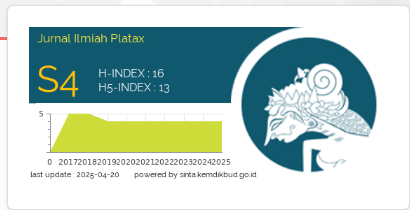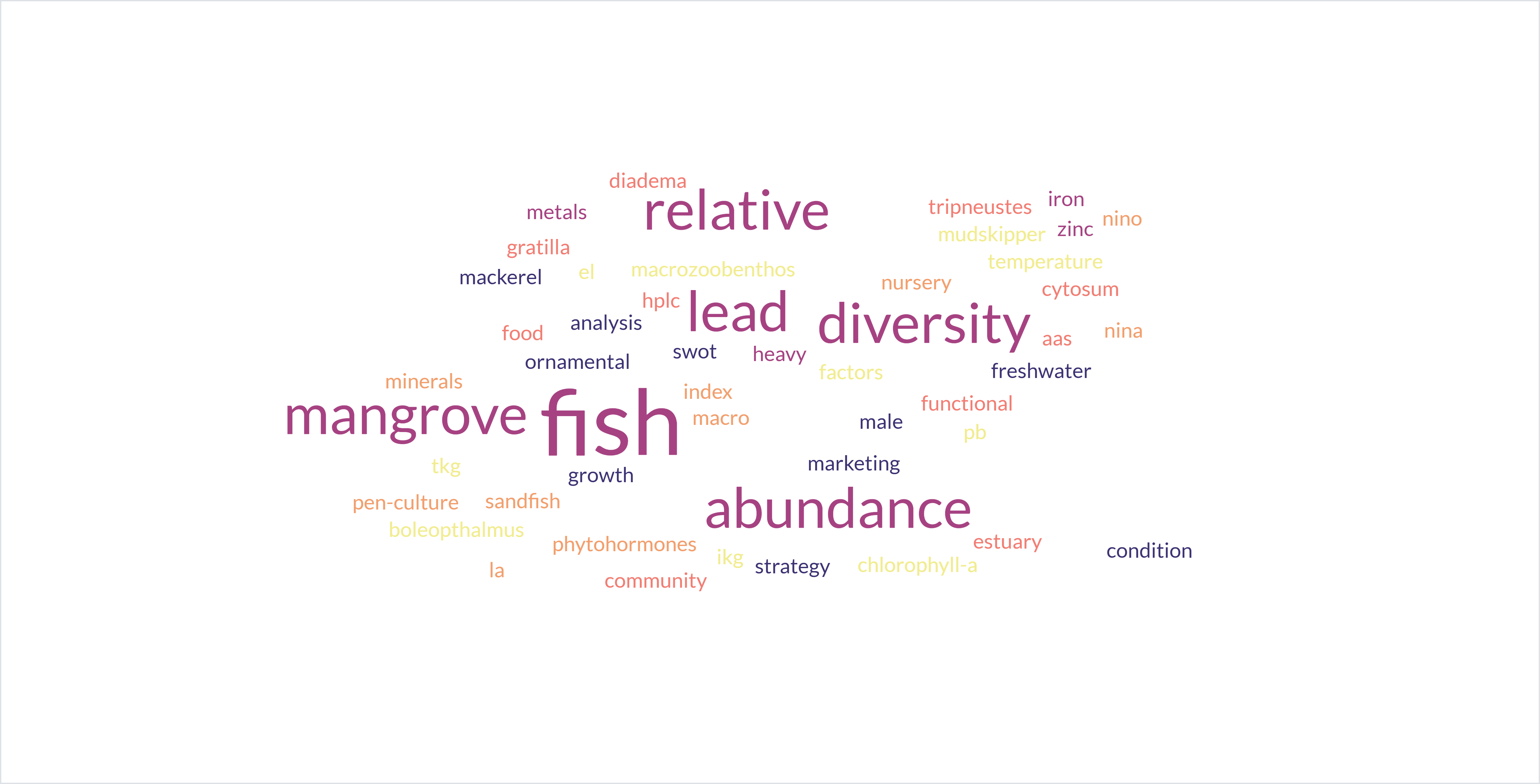Macrozoobentos Diversity In The Mangrove Ecosystem In Bagan Asahan Village, North Sumatra Province
DOI:
https://doi.org/10.35800/jip.v12i1.55125Keywords:
Tanjung Balai, Macrozoobenthos, Mangrove, DiversityAbstract
Macrozoobenthos are organisms that live by crawling, sticking, burrowing, and burrowing both at the bottom of the water and on the surface of the water bottom. Macrozoobenthos that live in mangrove areas mostly live on hard sediments to mud. The existence of macrozoobenthos can be influenced by various environmental factors such as the physical, chemical, and biological properties of water. This research aims to determine diversity, uniformity, and the macrozoobenthos dominance of the mangrove ecosystem in Bagan Asahan Village. The method used in this research is to combine two methods, namely the square method and the line transect method. The quadratic method is used to see the macrozoobenthos found in the quadratic method in a biological system, while the line transect method is used as a point to determine the description of the macrozoobenthos. The results of the research show that there are 8 species of macrozoobenthos consisting of 3 classes with a total of 179 individuals. The diversity of macrozoobenthos in the mangrove ecosystem area in Bagan Asahan Village is classified as moderate with a diversity index H'' ranging from 1.54-2.01, the uniformity index is classified as stable ranging between E= 0.76-0.99 and the dominance index is low, ranging between C= 0.14-0.31.
Keywords: Tanjung Balai, Macrozoobenthos, Mangrove, Diversity
References
Arief, A. M. P. 2003. Mangrove Forest Functions and Benefits. Kanisius Publishers. Yogyakarta.
Brower, J. E, dan Zar, J. H. 1998. Field and Laboratory Methods For General Ecology. Company Pub. Dubuque Iowa.
Faiqoh, E., Hayati, H, dan Yudiastuti, K. 2016. Study of Macrozoobenthos Communities in Turtle Island Mangrove Forest Area, Tanjung Benoa, Bali. Journal of Marine and Aquatic Sciences, 2(1):23-28.
Fikri, R. 2014. Diversity and Abundance of Macrozoobenthos on Kartika Jaya Beach, Patebon District, Kendal Regency. Muhamadiah University Surakarta.
Handayani, S. T., Suharto, B, and Marsoedi. 2001. Determining the Water Quality Status of the Upper Brantas River by Biomonitoring Macrozoobenthos: A Review of Organic Material Pollution. Bioscience, 1(1): 32.
Meynita, D., Muskananfola, M. R, and Sedjati, S. 2016. Relationship between sediment texture and organic matter content and the abundance of macrozoobenthos in the Silandak River Estuary, Semarang. Journal of Management of Aquatic Resources. 5(4): 363-370.
Odum, E. P. 1993. Basics of Ecology. Translated by Tjahjono Samingan. Third Edition. Yogyakarta: Gadjah Mada University Press.
Romimohtarto, K, dan Juwana, S. 1999. Marine Biology. Science About Marine Biota. Jakarta: Center for Oceanological Research and Development - LIPI.
Setyobudiandi, I. 1997. Macrozoobenthos. Bogor: Bogor Agricultural Institute.
Widiyanto, A., Karlina, I, and Putra, R. D.. 2016. Diversity of Gastropods in Mangrove Vegetation in Bintan Buyu Village, Bintan Regency
Yunitawati., Sunarto, and Hasan, Z. 2012. Relationship between substrate and macrozoobenthos community structure in the Cantigi River, Indramayu Regency. Journal of Fisheries and Maritime Affairs, 3 (3): 221- 227.
Downloads
Published
How to Cite
Issue
Section
License
Copyright (c) 2024 Maryanto Saragih, Mardame Pangihutan Sinaga, Ewin Handoco Saragih

This work is licensed under a Creative Commons Attribution-NonCommercial 4.0 International License.
COPYRIGHT
Authors who publish with this journal agree to the following terms:
Authors hold their copyright and grant this journal the privilege of first publication, with the work simultaneously licensed under a Creative Commons Attribution License that permits others to impart the work with an acknowledgment of the work's origin and initial publication by this journal.
Authors can enter into separate or additional contractual arrangements for the non-exclusive distribution of the journal's published version of the work (for example, post it to an institutional repository or publish it in a book), with an acknowledgment of its underlying publication in this journal.
Authors are permitted and encouraged to post their work online (for example, in institutional repositories or on their website) as it can lead to productive exchanges, as well as earlier and greater citation of the published work (See The Effect of Open Access).






































